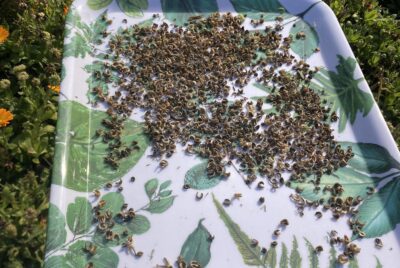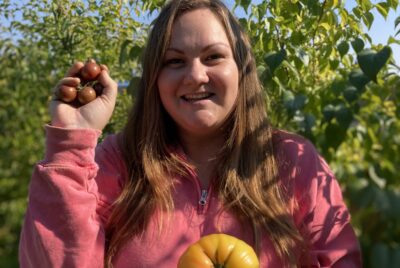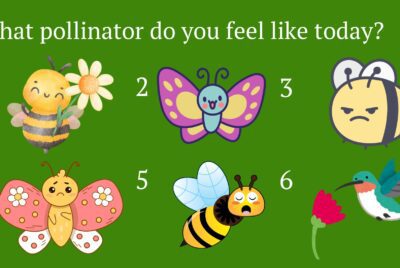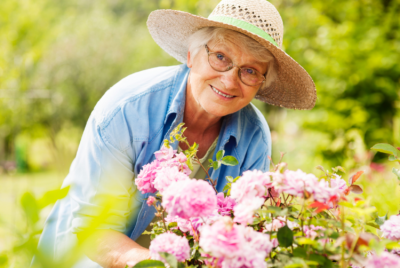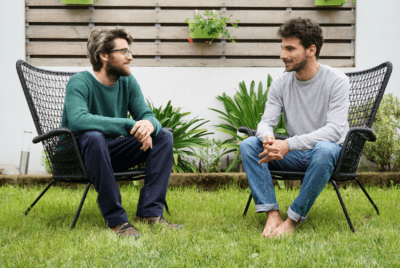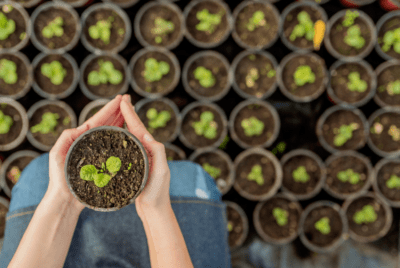RESEARCH
Plant Based Assisted Therapy for the Treatment of Substance use Disorders – Part 2. Beyond Blurred Boundaries
Summary
This article explores different ways that plants and even some animal products are being used around the world to help people with substance use disorders. The authors looked at practices in various countries in Africa, Asia, Europe, and the Americas. Their research involved reading scientific papers, talking to people at treatment centers, searching the internet, and using their own experiences. The article discusses how some substances that are considered illegal drugs in many developed countries have a long history of traditional medicinal or spiritual use. It gives examples of centers that use things like the root bark of the Iboga plant, the Amazonian brew Ayahuasca, and traditional Asian herbal remedies to help people overcome addiction. The authors also point out that how we see these substances – as harmful or helpful – often depends on our culture and the laws in place.
The article also examines the trend of these traditional practices becoming more known globally, sometimes leading to questions about who benefits and whether the original cultures and knowledge holders are being properly recognized. For instance, the use of Iboga for drug dependence treatment has been studied for a long time, and countries like New Zealand and the state of São Paulo in Brazil have made steps towards regulating its medical use. Furthermore, the Tham Krabok Monastery in Thailand has treated over 110,000 people for drug addiction using local medicinal plants for more than 50 years.


